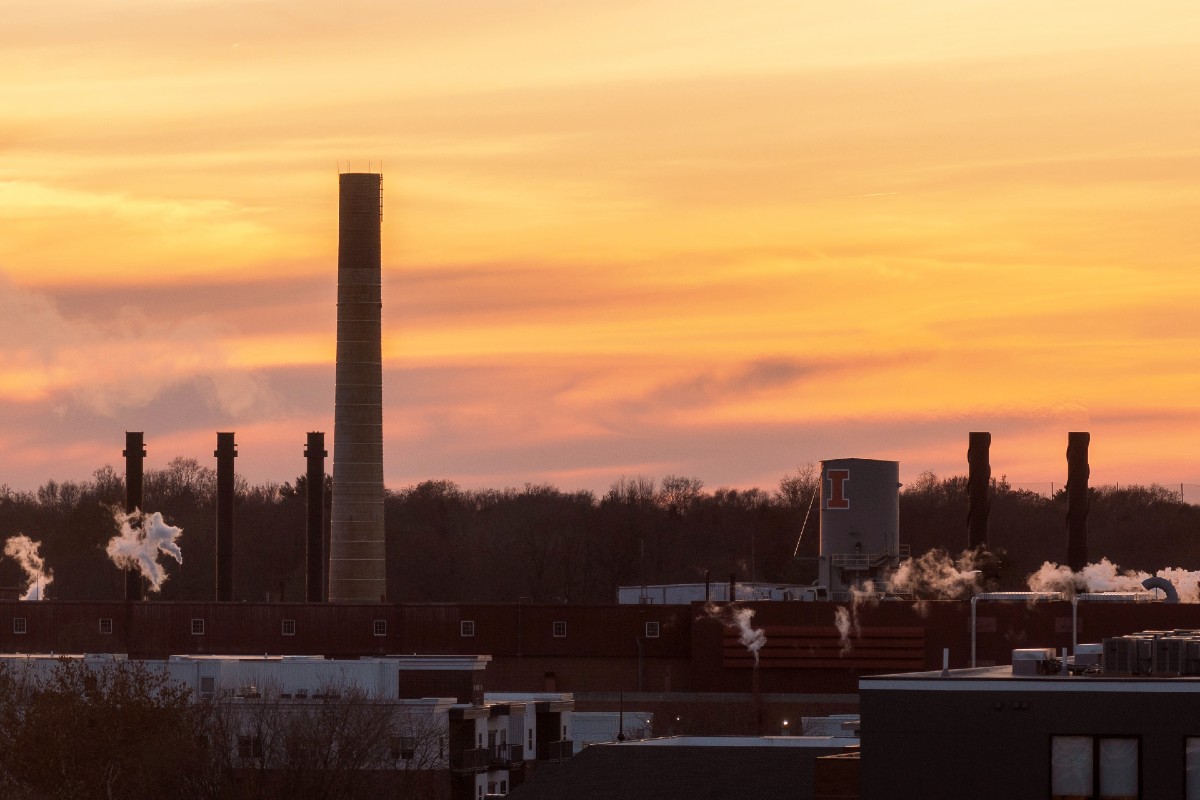 Illinois created more new manufacturing jobs in July than any other state, according to new data released by the Bureau of Labor Statistics.
Illinois created more new manufacturing jobs in July than any other state, according to new data released by the Bureau of Labor Statistics.
The news came on the heels of the Illinois Department of Employment Security’s announcement last month that the statewide unemployment rate continues to drop, ending July with slightly lower unemployment than in June. Non-farm industries added more than 31,000 Illinois jobs in July, including 6,300 in manufacturing – more than any other state during the same time period.
Manufacturing is the state’s largest industry by contribution to state GDP, but also to local economies’ growth. For example, manufacturing occupations in Rock Island County, which borders the Mississippi River on Illinois’ western border, generate almost $5 billion in total annual economic output for the county through three major manufacturing subsectors: farm machinery and equipment manufacturing, fluid milk manufacturing, and meat processing.
Manufacturing jobs pay 11.7% higher than the average job in Illinois, which has helped the industry attract skilled talent, thereby generating higher economic output and benefitting other industries. A study released in August by the University of South Carolina’s Moore School of Business analyzed the economic impact of Illinois’ manufacturing sector and found that the industry supports nearly 30% of all jobs in Illinois due to its “multiplier effect”.
Researchers found that, for every 10 jobs created directly in the Illinois manufacturing industry, an additional 17 jobs are created in related sectors and in other locations across the state. Dubbed the “multiplier effect”, this phenomenon occurs because of reliance on the industry – everything from transportation jobs to shipping, pharmaceuticals, food and agriculture all depend on manufacturing operations here in Illinois.
Much of the rest of the state’s economy experiences the indirect economic impact from manufacturing job growth too; in-state firms purchase supplies and materials from other in-state firms, higher wages contribute to higher household income, more disposable income results in an increase in demand locally and, ultimately, generates new employment opportunities.
With economic recovery from the COVID-19 pandemic well underway, Illinois’ industries are in the comeback stage. July marked the 14th consecutive month of job growth for Illinois, and the manufacturing sector is set to continue its expansion, especially with the rapid evolution of green and renewable technology, significant investment from the state of Illinois and a continuous shift toward a high-skilled, experienced workforce.



